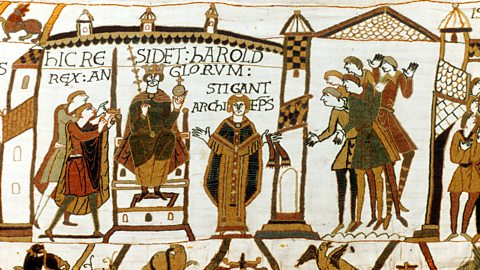A towering Tudor
Henry VIII: Britainãs most famous king. Big, bold and brash, he is the epitome of 'Merrie England'.
Ruling between 1509 and 1547, his marriages to a succession of six women became something of a Tudor soap opera and probably his most talked-about legacy.
So, as king of England and one of Europeãs most eligible royals, what did he want in a wife, and, more specifically, a queen?
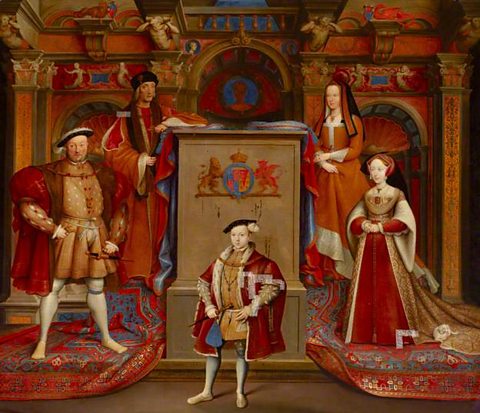
A mother to a prince
A male heir was crucial to continuing the royal line and securing the kingdom. It was probably the queenãs most fundamental responsibility.
Henry was only the second Tudor monarch, and it was a dynasty founded primarily on conquest rather than heritage. A female heir was not good enough ã in England thereãd never been a ruling queen and a daughterãs accession could be challenged.
Catherine of Aragon, his first wife, became pregnant six times. Only one pregnancy produced a child that survived to adulthood ã a daughter, Mary.
This became intolerable to Henry. In his crusade for a male heir he divorced her, creating the Church of England to do so.
Unfortunately, Anne Boleyn, the woman he married instead, also only provided him with a daughter ã Elizabeth.
To make matters worse for Anne, one of the children she miscarried was believed to have had a deformity. This was associated with unfaithful or abnormal sexual practices and signalled the beginning of the end for her. She was executed in 1536.
When Henry finally did father a healthy son, Edward, the celebration was followed by sorrow. Jane Seymour, his third wife, died of postnatal complications 12 days later.

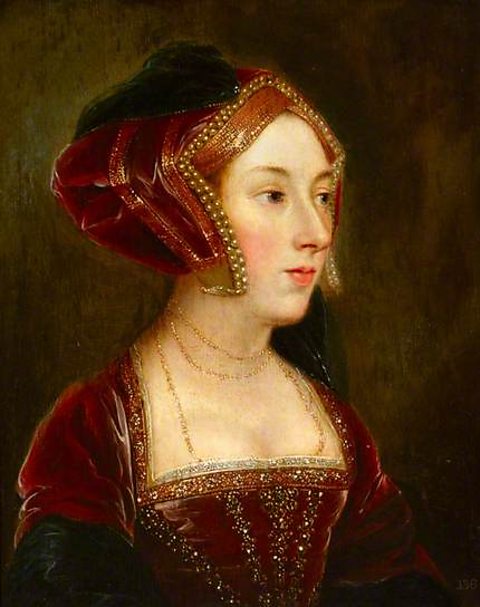
An unavailable beauty
Henry liked beautiful women. A desirable queen was an asset, and it was expected that a king of his stature should have an attractive wife.
Anne Boleyn was considered highly alluring. Her striking dark looks and sophisticated manners from the French court enchanted the king. They married in a secret ceremony in 1533 with Anne already pregnant.
Catherine Howard, Henryãs fifth wife, was perceived to be beautiful, young and innocent. She was only about 19 when they married and Henry called her his ãrose without a thornã.
Henry had never met Anne of Cleves, wife number four, before she landed in England to be his wife.
Tempted into marrying her after seeing a beautiful portrait by Hans Holbein, he was disappointed to discover she wasnãt as enchanting as heãd anticipated. He famously went on to call her the ãFlanders Mareã.
The marriage was annulled almost immediately on the grounds it was never consummated. It was claimed heãd chosen to wait whilst he ensured she wasn't contracted to marry someone else.
However, Henry treated Anne kindly after the annulment and they stayed on good terms.

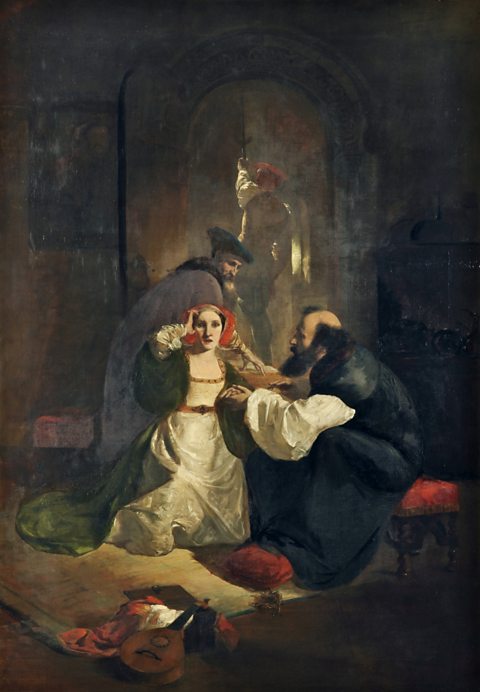
A faithful friend
Just being beautiful was not enough ã Henryãs wives had to be loyal, trustworthy and faithful too.
As king, Henry had a reputation, a court and a kingdom to uphold. Any indiscretions ã alleged or otherwise ã had to be dealt with severely. For a queen, there was an etiquette to navigate between being attractive to courtiers, but definitely not available to them.
Both Anne Boleyn and Catherine Howard fell foul of this and were executed because of their extra-marital activities.
Catherineãs dalliance with courtier Thomas Culpeper earned her a conviction for adultery and treason. Henry is said to have publicly cried on hearing sheãd been unfaithful.
It also transpired sheãd previously been engaged to Francis Dereham, another of Henryãs courtiers. She was executed in 1542.
Anne Boleynãs reported affairs were even more scandalous. She was accused of not only being unfaithful with other members of court but also her own brother in an apparently desperate attempt to produce a male heir.
She denied the accusations to the end. Some historians think the allegations were masterminded by Thomas Cromwell, Henryãs ãfixerã, to hasten the end of their marriage. She was beheaded at the Tower of London in 1536.

Learn more about this topic:
Elizabeth I. video
A short film looking at what historical sources can reveal about Elizabeth I's personalty.
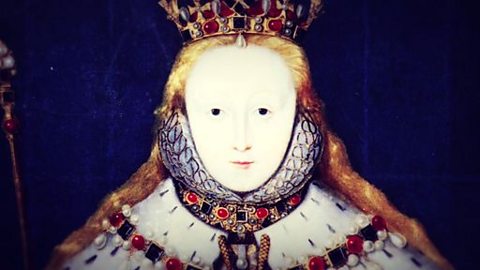
The story of Black migrants in England in Tudor times. video
A short film, presented by David Olusoga, which explores the lives of some of the hundreds of Black migrants who were in England during the Tudor period.

Why should I care about 1066? document
The legacy of this brutal conquest - the last time England was successfully invaded ã pervades many aspects of our language and culture today.
